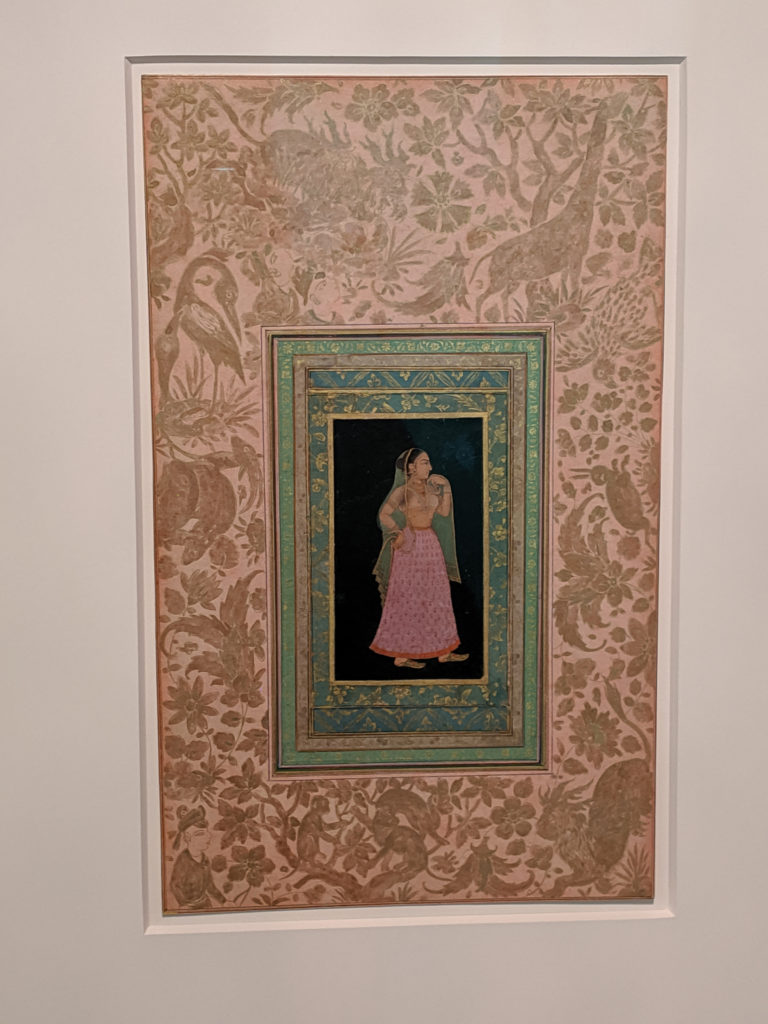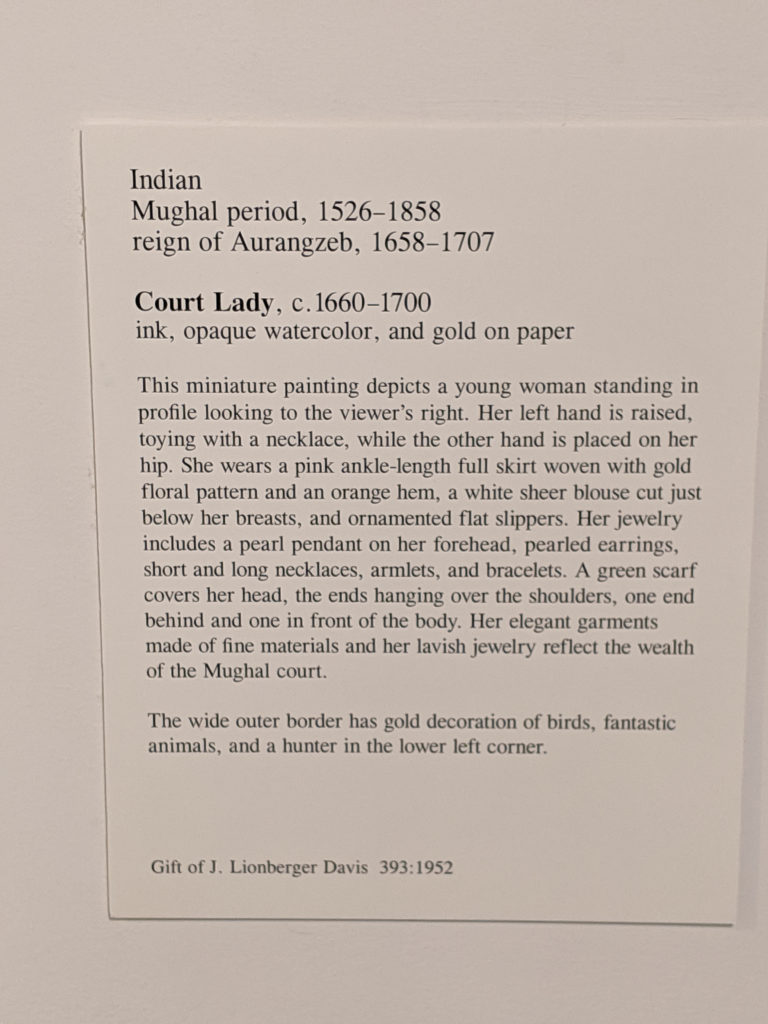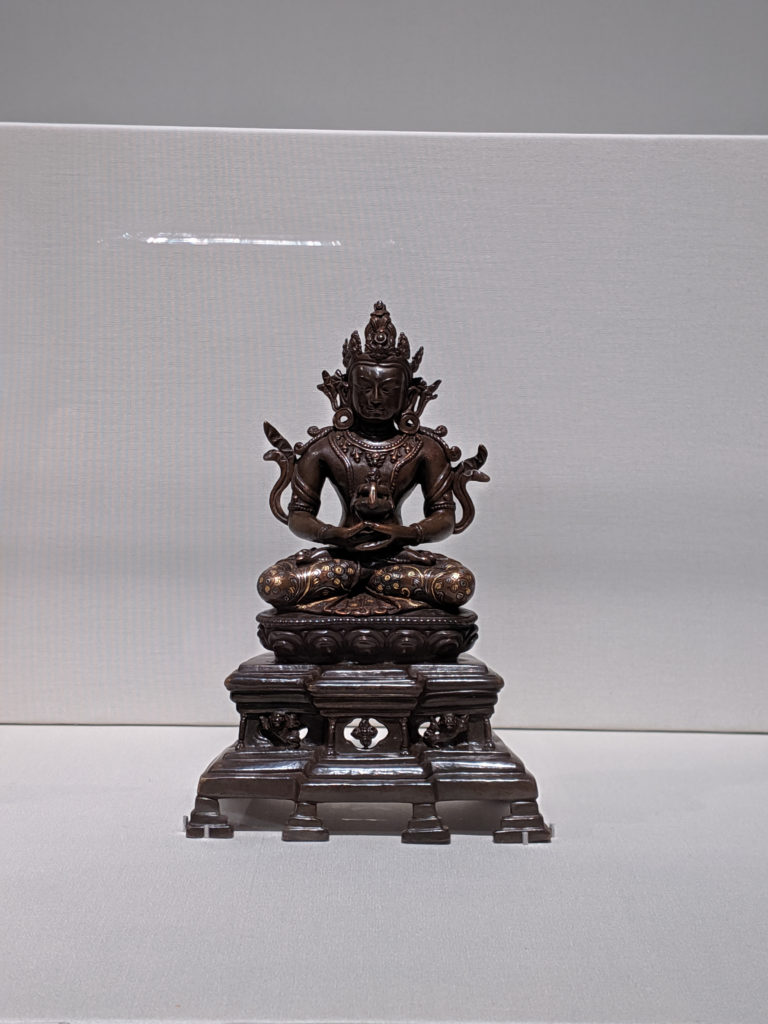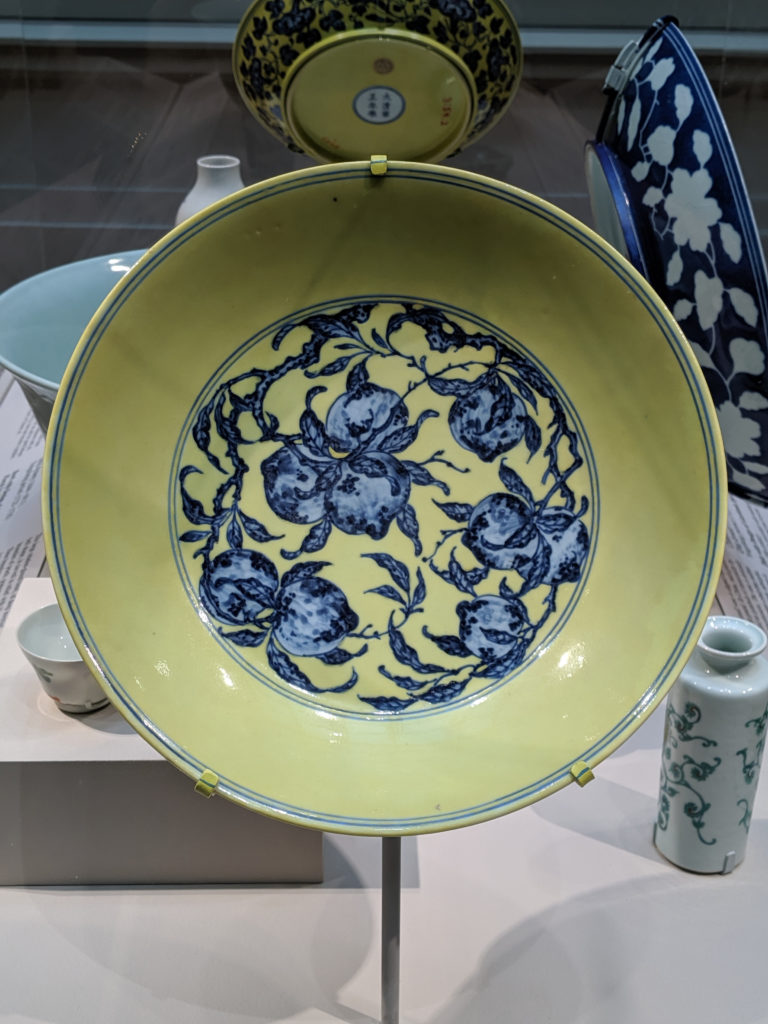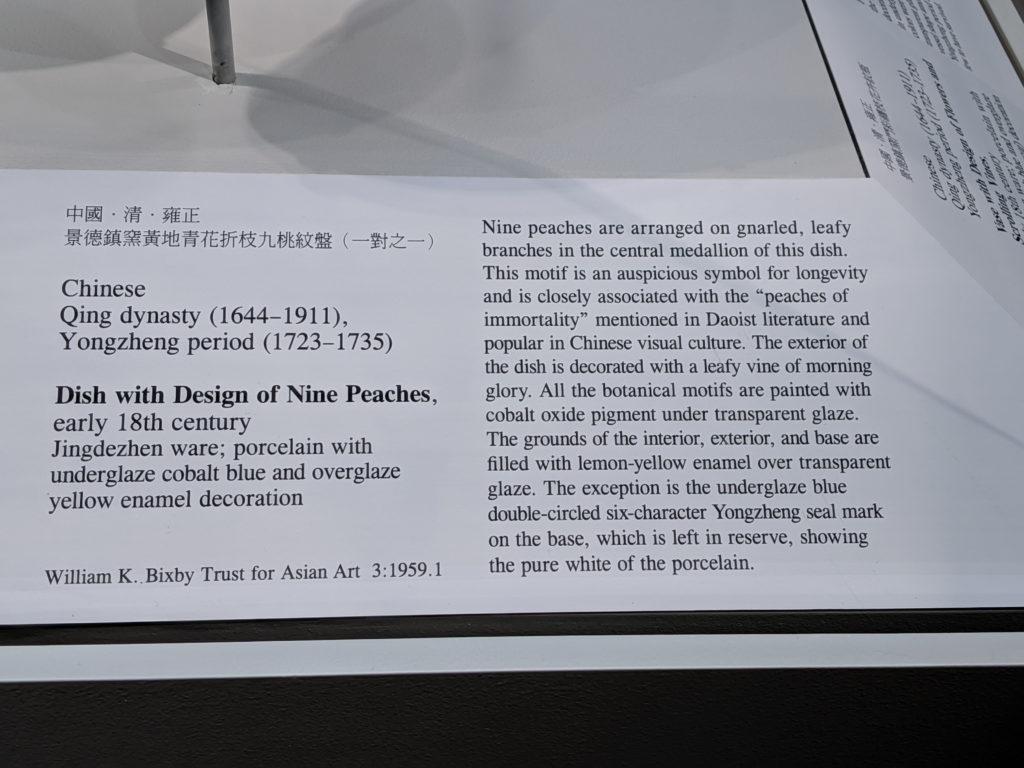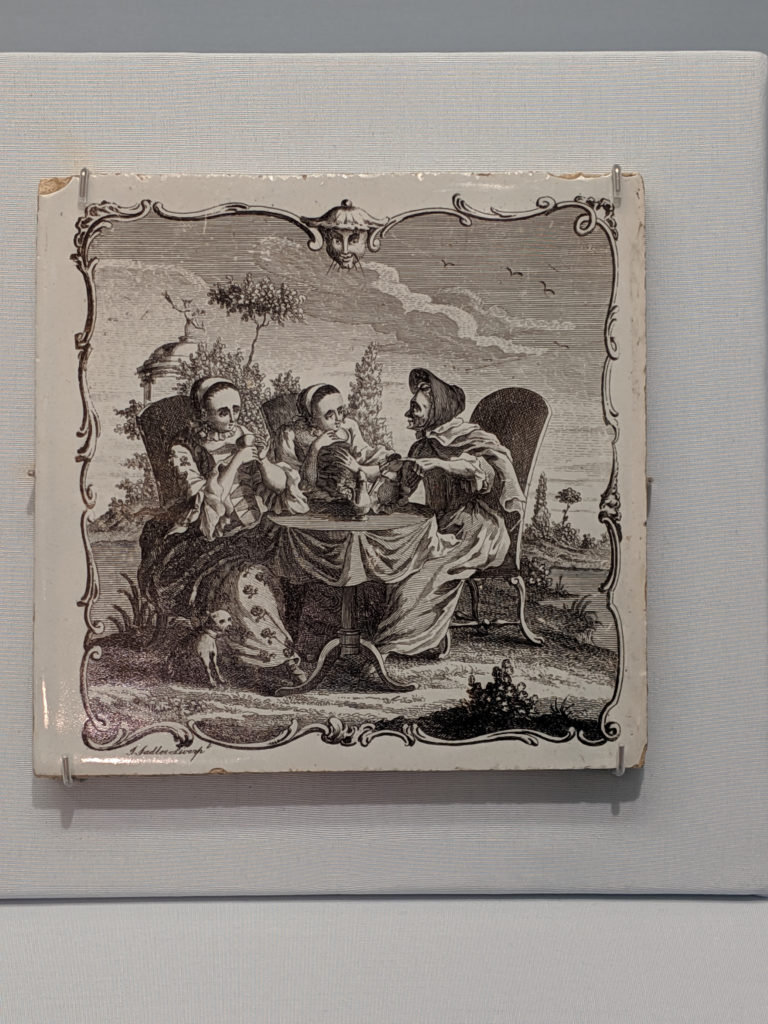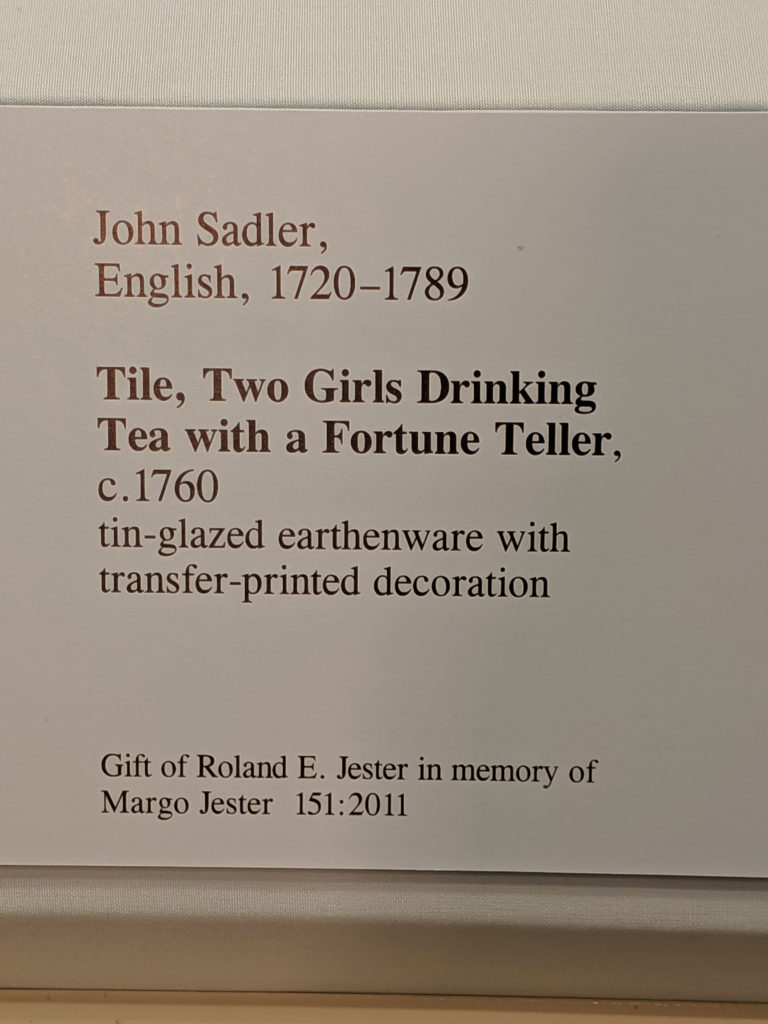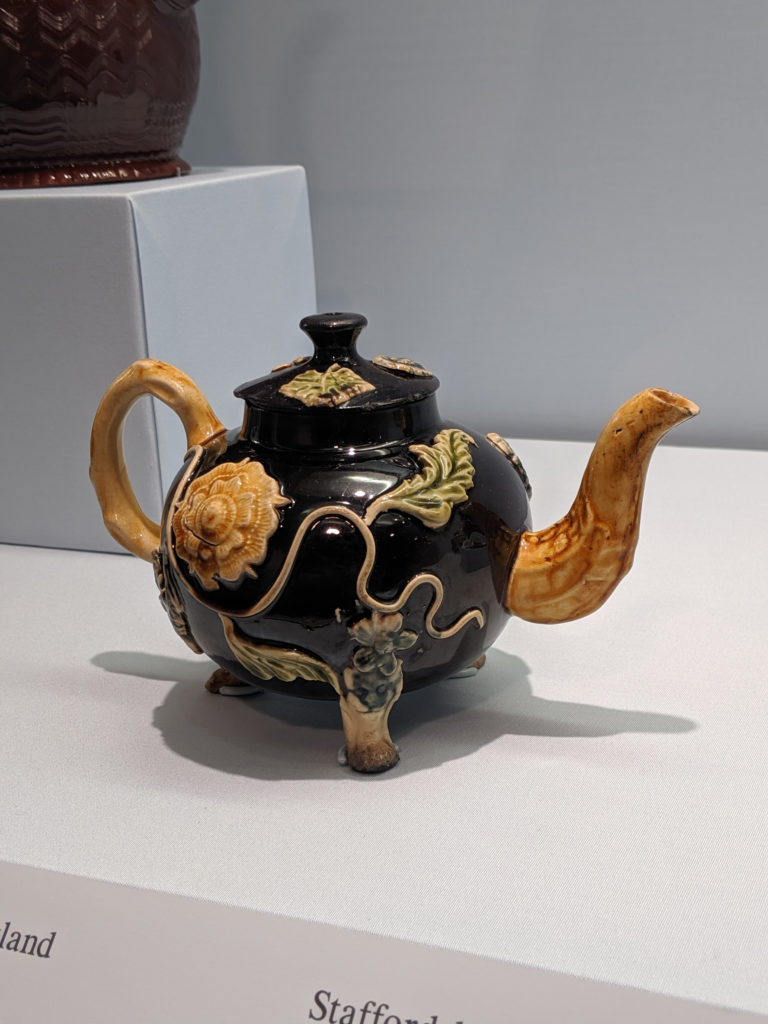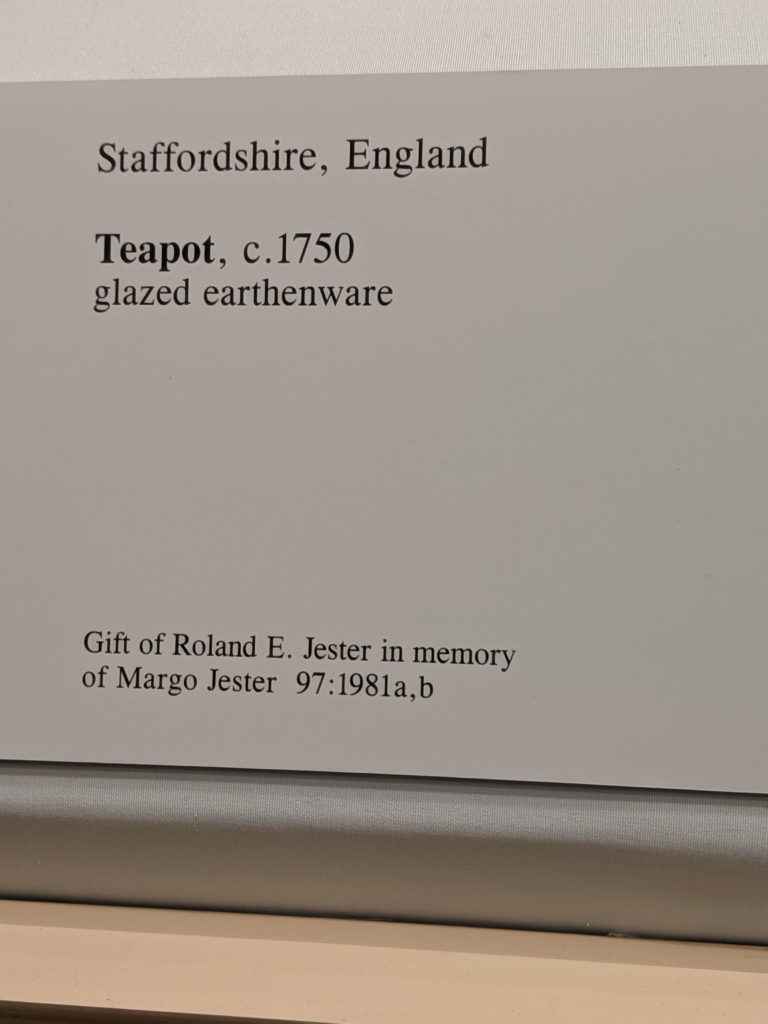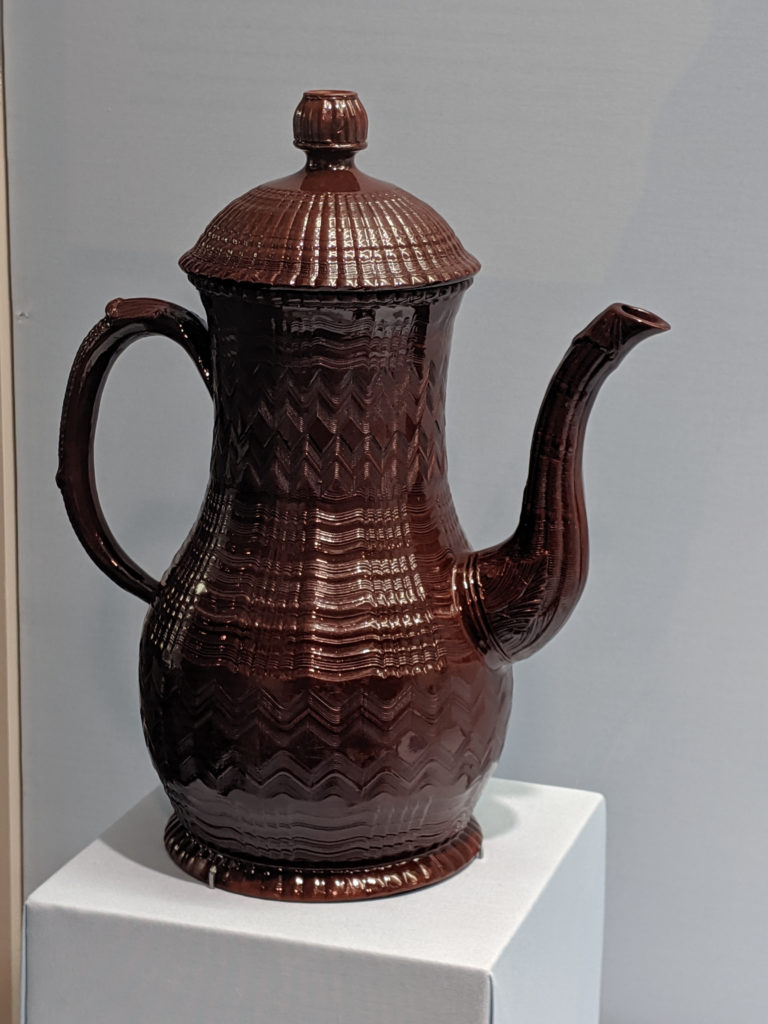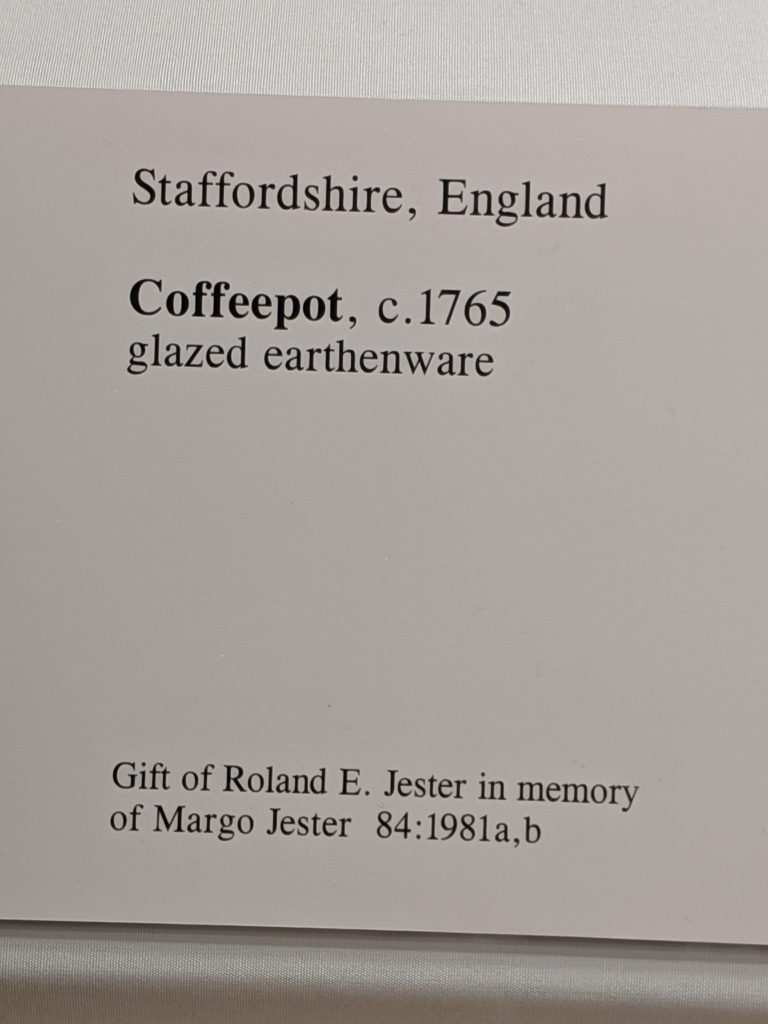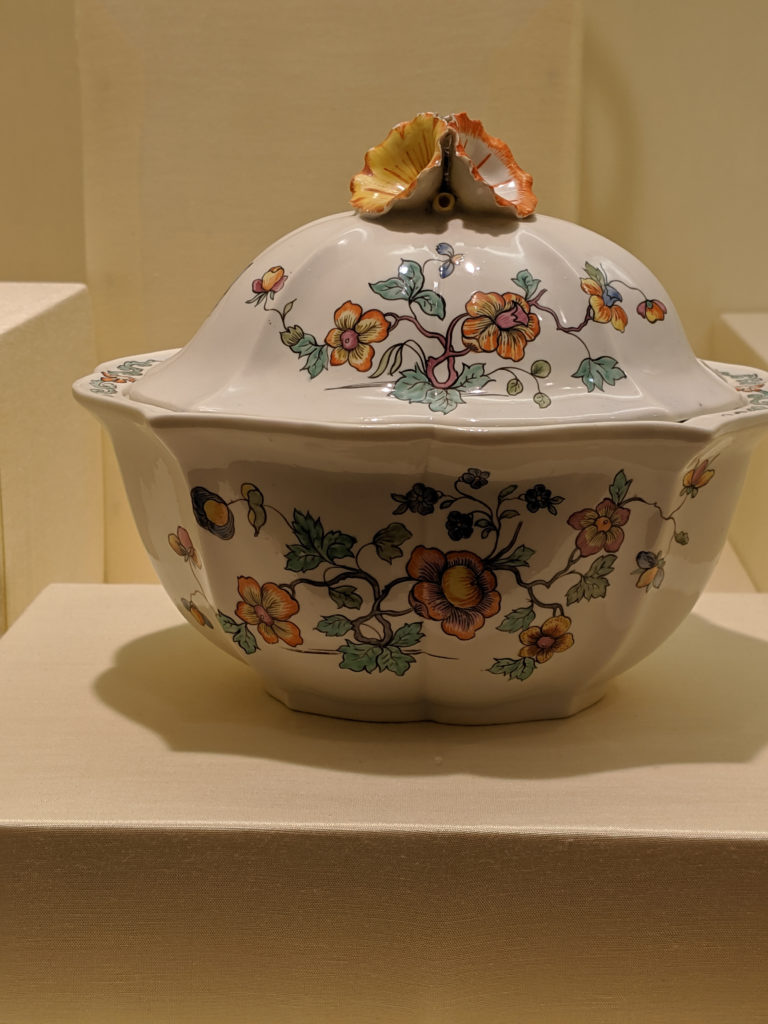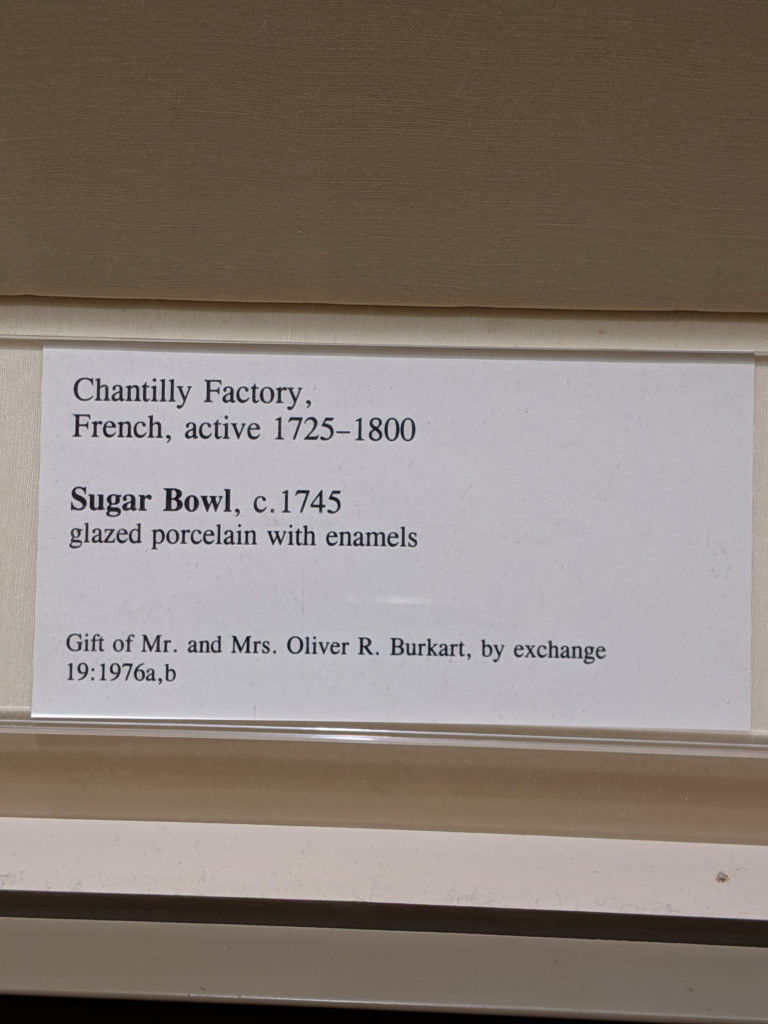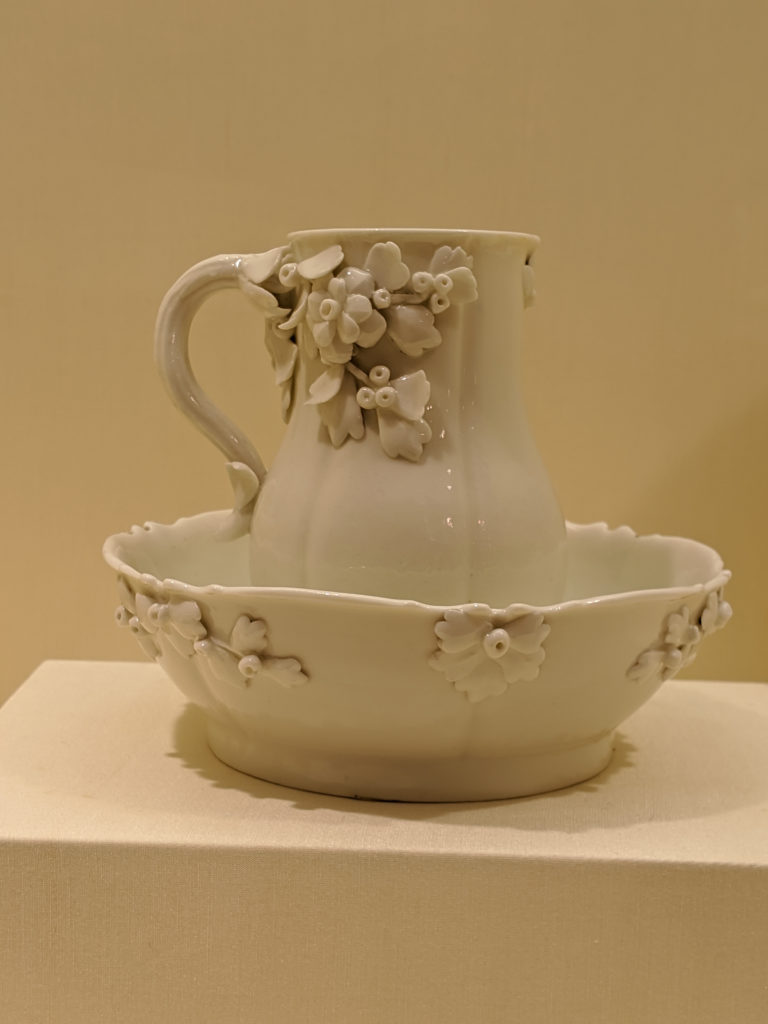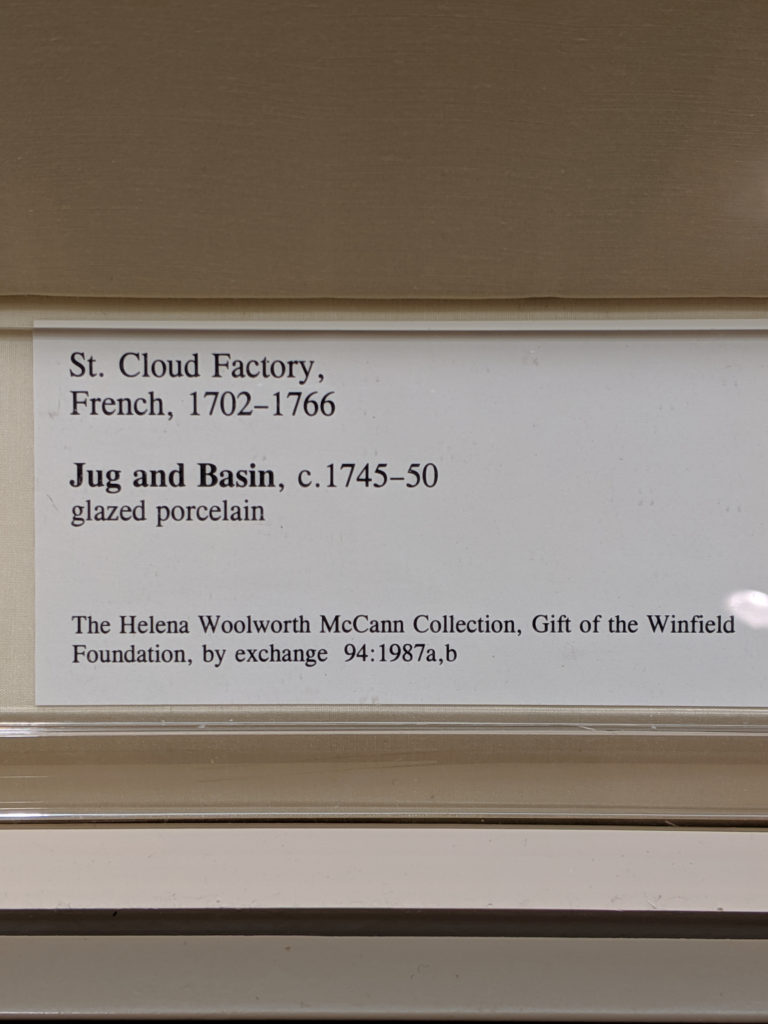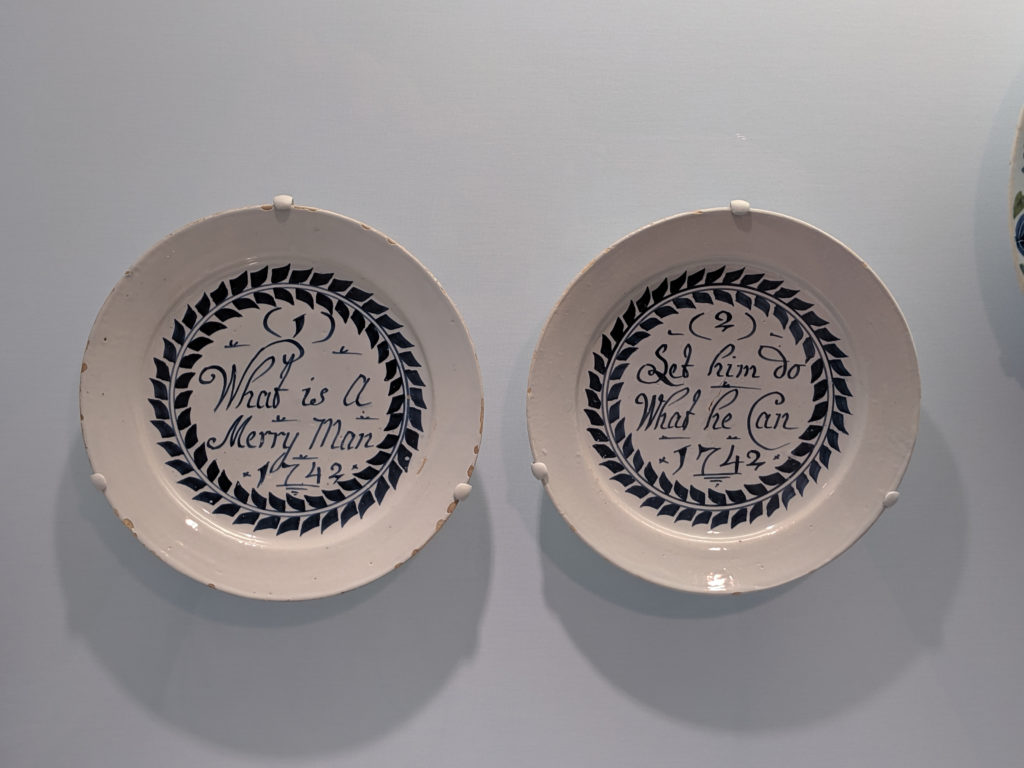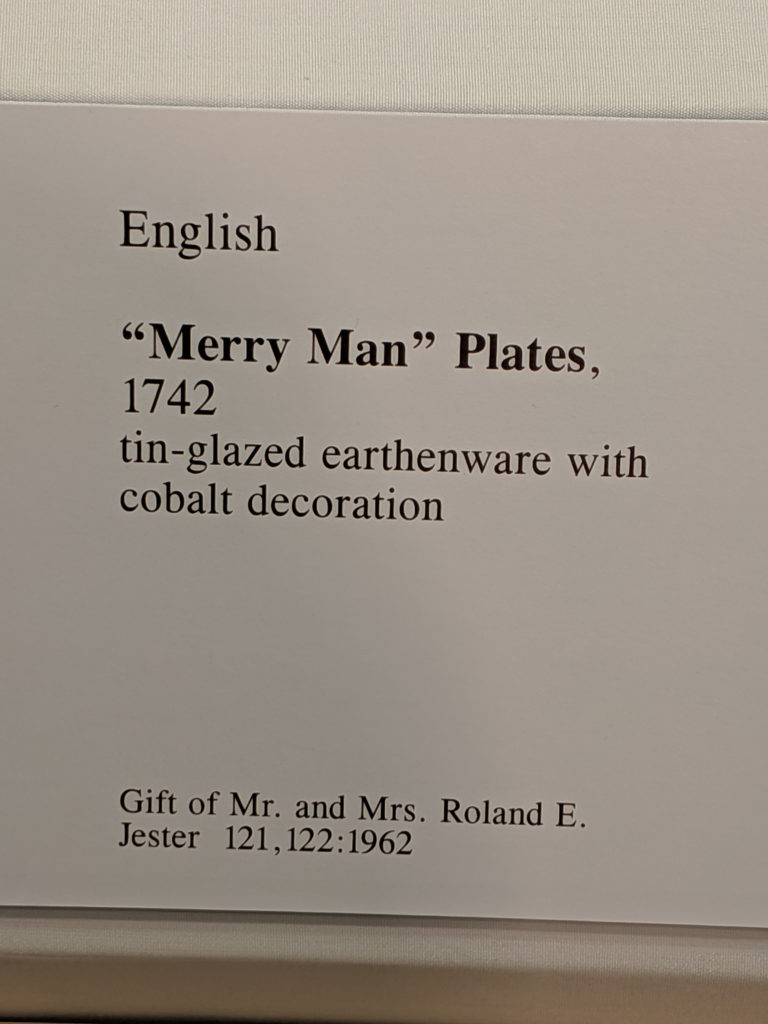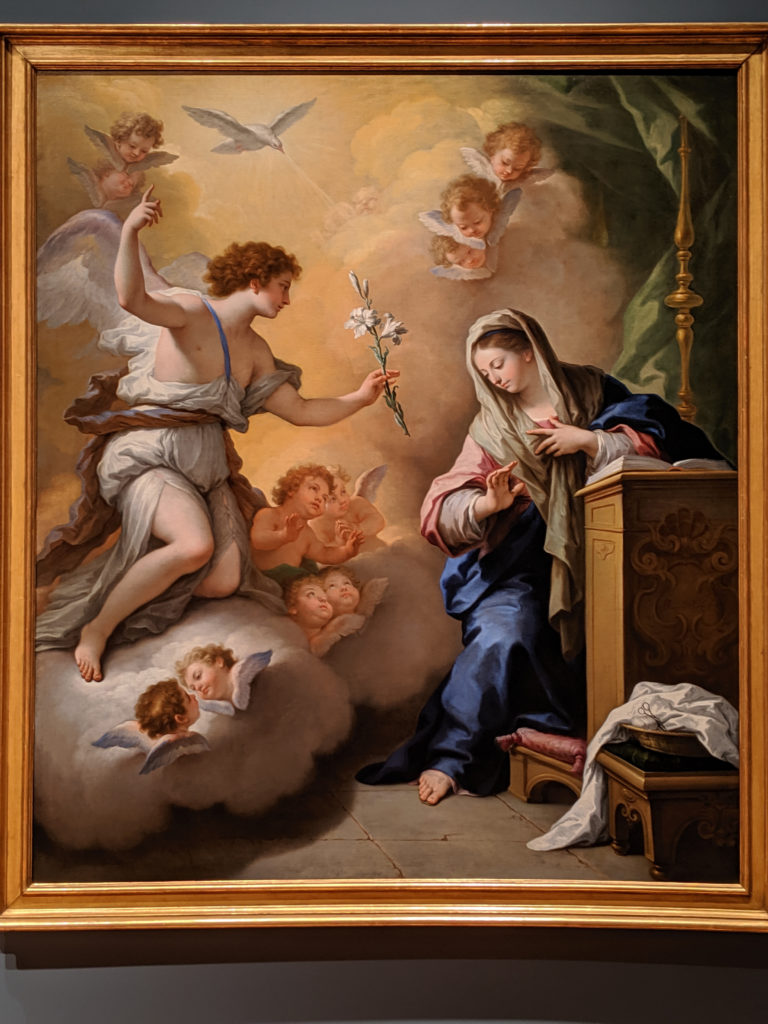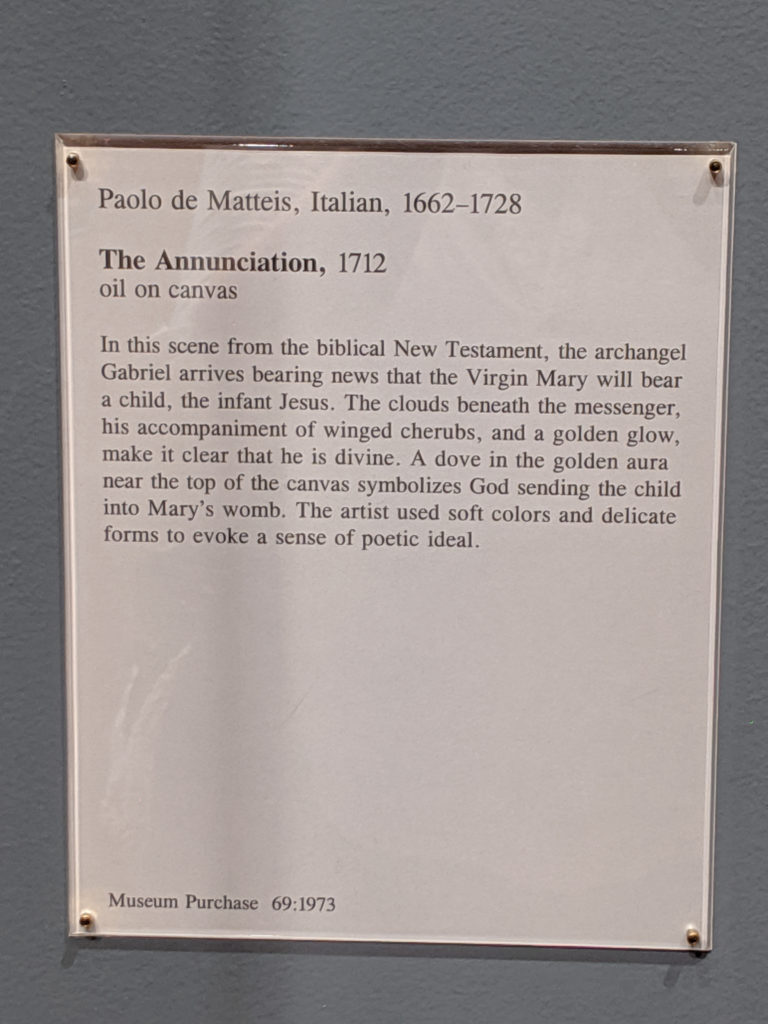*pets this fine example of miniature painting* So, okay, miniature painting in regards to the Indian usage of the term is a misnomer because it just refers to portraiture in general, and more specifically, a certain type of portraiture. This is a good example where the sitter is exalted for their wealth and elegance and beauty, and framed by exquisite and ornate art that reflects the same.
Tag: 18th century
Friday
Wednesday
Friday
I like that this is a confluence of designs; tintype transfer of engraving on a standardized tile. It gives us an idea that there was some experimentation going on and that, heaven forbid, some cartoons could have ended up in places they weren’t meant to – rather like graffitiing your phone number or a random doodle on a toilet door or wall today.
Thursday
Wednesday
Tuesday
Even into the 1830s, sugar was the backbone of the British economy in the western part of the empire (aka, the West Indies, aka, the former slave colonies, aka, the triangle trade, and so on and so forth, nasty little piece of history, but yeah), until it was replaced by cotton and the mills and cheap works in the industrial north of England. As such, ornate sugar bowls were a must on every table that was well enough to do to have sugar on it – even the lower middle class tables that were just scraping by. If you had a good sugar bowl, you were high enough in the world to not be tomorrow’s trash. Sad, but true. This is an example of a fairly middle to upper-middle class sugar bowl – it definitely wouldn’t have graced a ranking aristocrat’s table, but it would have been enough for his servants’ hall.
Monday
Tuesday
Finding singles of these plates is common, finding pairs is rare, finding a full set or sequential pieces of the set is basically the holy grail. To have a matching pair in sequence from the same set is pretty much like having a low winning lottery ticket. It’s exciting in a heart-pounding kind of way that brings a shit-eating grin to your face, but it’s not as blissful as having a complete set would be. However… man, it proves that I’m a nerd that I know the entire verse that goes on the plates.
What is a merry man/ Let him do what he can / To entertain his guests / With wine and merry jests / But if his wife do frown / All merriment goes down.
Thursday
You can’t appreciate this work without realizing that it’s basically bloody enormous – seriously, the damn thing is huge. Like, to get the picture, I literally had to go into another gallery and fiddle with my zoom to get everything into the frame, and I had to make sure I wasn’t going to interfere with anyone else in either gallery before I did it – which is a major feat, considering both galleries are always insanely busy. But I digress!
This is classic 18th century art masquerading as Baroque come Renaissance religious art. It’s trying to be everything at once and the result is actually a stunningly romanticized version of the Annunciation that actually works in a way that many of the Old Masters couldn’t quite get across – it’s a softer, cleaner, sanitized version of religion without all the hyperbole and the hellfire of the middle ages. And it works in a different way to the Renaissance works as well. There are clever nods to Italian aesthetics over the French hyperindulgences as well in the choices of fabrics portrayed as well as in the lack of abundance of precious metals and jewels, which would have been splayed about if the painting had been done by a French artist of the same period.
